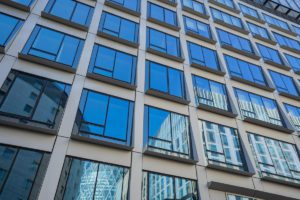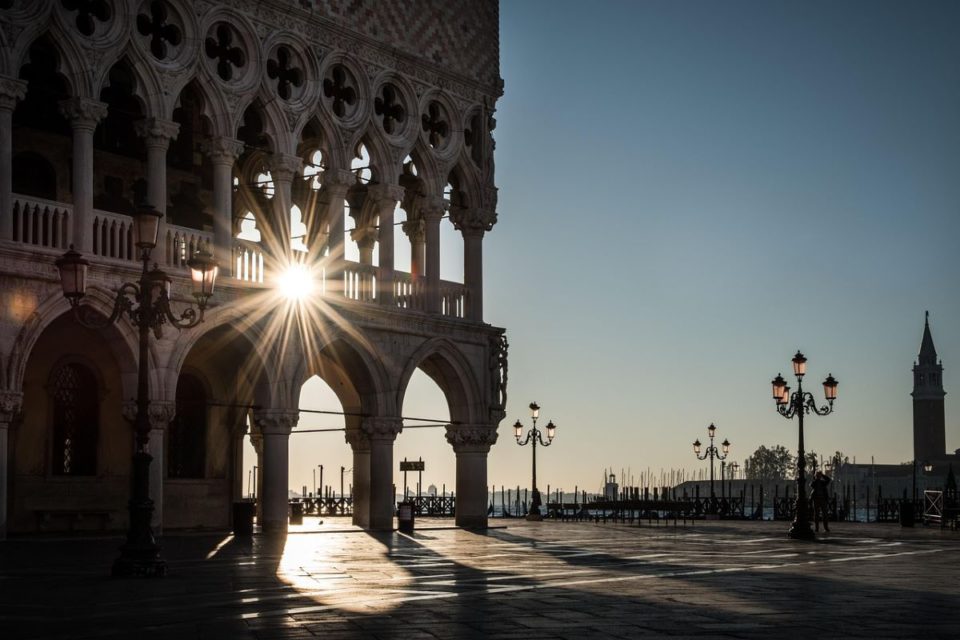When designing a cohesive and stylish space, the often-overlooked door plays a surprisingly important role. Whether you're starting fresh or updating an existing space, the entryway you choose has a major impact on the overall look, atmosphere, and layout of your interiors. Modern homes, for example, often favour cavity sliding doors to maximise floor space without sacrificing elegance. Others may opt for custom sliding doors that perfectly match a room's palette, texture, or architectural rhythm. Far from being an afterthought, your doors can set the tone for an entire space, inviting, dividing, or framing as needed.
Beyond Function: The Emotional Impact of Doors
A door isn't just a barrier between rooms; it's a psychological cue. The size, material, and mechanism of a door affect how people experience a space. Tall, heavy doors can convey formality or grandeur, while minimalist sliding panels suggest a relaxed, contemporary environment. A well-designed door makes you feel something as you enter or exit—serenity, anticipation, curiosity. These emotional responses might be subtle, but they contribute significantly to how a space is perceived and remembered.
Framing the First Impression

One of the most important roles a door plays is its ability to create a first impression. The front door, in particular, is the face of your home or business. Its material, colour, and proportions should align with the overall architectural theme. A bold pivot door in timber or steel might suit a modernist structure, while a frosted glass door could work beautifully in a minimalist apartment. In both cases, the design acts as a visual transition, preparing people for the environment inside.
Interior doors serve a similar purpose on a smaller scale. Whether leading into a kitchen, office, or ensuite, they define the thresholds of privacy, function, and design intent. A poorly chosen or outdated door can clash with even the most carefully designed space. On the other hand, a thoughtfully integrated door adds cohesion and continuity.
Enhancing Flow and Space Efficiency
In tight or multi-functional areas, doors are more than design features—they are critical to spatial efficiency. Pocket doors, barn-style runners, and other sliding mechanisms help avoid the swing arc of traditional hinged doors. This makes them especially valuable in apartments, ensuites, pantries, or open-plan layouts where every square metre matters.
Door design also affects light flow and air circulation. Glass inserts, louvres, and open-frame doors allow light to pass through and maintain visual connectivity between rooms. This is particularly useful in dark hallways, narrow foyers, or rooms that rely on borrowed light.
Material and Texture as Design Tools
Just as you would select flooring or benchtops for their material impact, doors should be considered part of your material palette. Solid timber adds warmth and depth, while metal doors provide industrial edge or contemporary polish. Glass introduces transparency, softness, and lightness. Painted MDF offers flexibility in terms of colour matching and cost.
Textures and finishes—matte, gloss, brushed, sandblasted—further enhance the door's visual role. A textured surface can break the monotony of flat walls, add interest, or even double as a feature panel. In minimalist spaces, the right door texture can become a focal point without adding clutter.
Customisation for Seamless Integration
Standard doors may do the job, but custom-designed ones elevate a space from functional to refined. Customisation allows you to match the height, width, and finish to existing architectural details such as skirting boards, cornices, or cabinetry. This is particularly important in modern homes where floor-to-ceiling designs or concealed doors add to the clean lines and sense of spaciousness.
Custom doors also accommodate unique hardware—handles, tracks, or pivots—that reflect the broader design language of your space. A flush pull handle might suit a Japanese-inspired home, while leather grips or brass fixtures enhance a vintage look. These small choices add layers of detail and sophistication.
Sustainability and Longevity
Designing with longevity in mind means choosing door materials and mechanisms that will endure daily use without compromising on aesthetics. Recycled timbers, sustainably sourced hardwoods, and durable metals help reduce environmental impact while offering excellent performance. Additionally, good door design includes thoughtful sealing and insulation—important not just for energy efficiency, but also for soundproofing and comfort.
From a maintenance perspective, quality finishes and hardware ensure that doors remain beautiful and functional for years. A warped or squeaky door may seem trivial, but it can detract from the overall experience of a room. Prioritising well-constructed doors is an investment in the durability and usability of your space.
The Door as a Design Statement
In many high-end projects, doors are no longer hidden necessities but bold design statements. Oversized pivot doors, arched entries, and frameless panels act as architectural features in their own right. These doors are no longer just passive elements—they become the art within the space.
Statement doors are particularly effective in transitional areas such as foyers, passageways, or gallery-style corridors. In these moments, the door becomes a sculptural element that guides movement and captures attention.
Reimagining the Everyday
Doors are one of the most interactive elements in any space. We open, close, slide, and pass through them every day—yet their importance is often overlooked. When approached with intention, door design contributes not just to form and function, but also to the emotional and experiential quality of a space. Whether you choose sleek cavity sliding systems or opt for bold custom solutions, the right door opens more than just a room—it opens the doorway to good design.



